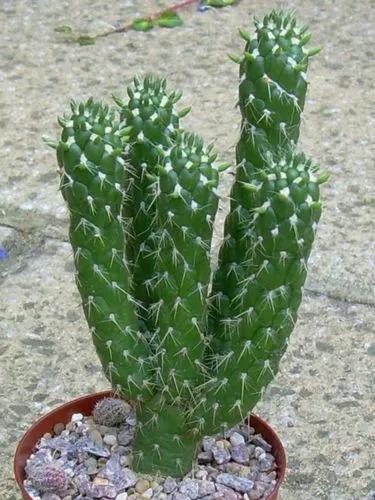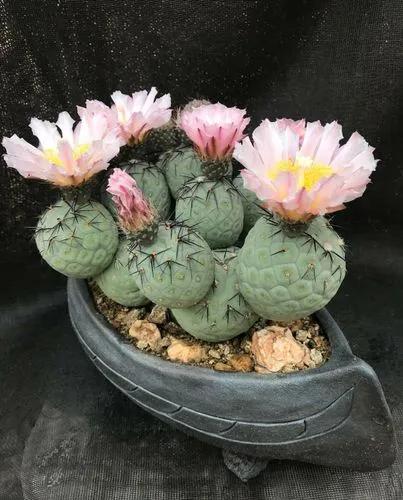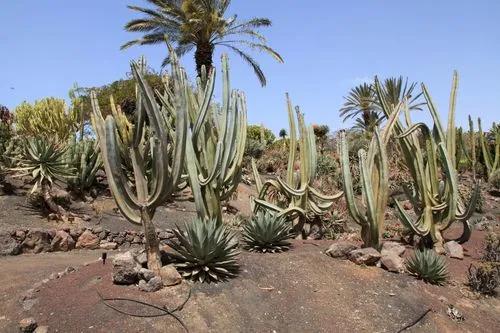Parodia mammulosa is a species of succulent plant in the family Cactaceae. It is distributed throughout South America. This cactus grows on rocky outcrops, in grasslands or pampas, monte desert and high altitude grasslands.
Tom Thumb Cactus Care
Parodia mammulosa



Parodia mammulosa is a perennial globose plant with flattened apex and a dark green surface, reaching a diameter of about 15 cm. The species shows about 18 vertical ribs with large pointed tubercles. The radial spines are about 12, needle-like, up to 1 cm long, while the single central spine reaches 2 cm. The flowers bloom in spring and usually they are pale yellow, with a diameter of about 5 cm. It is among the the most wide-spread of the Parodia species and is very variable in appearance. The great variability of Parodia mammulosa is due to the fact that cross pollination among different forms and different species (in habitat and especially in collections) is very frequent. Plants may differs considerably about the form and arrangement of the spines, stems, ribs and flowers colour.
How to Care for the Plant

Water

They like only a short winter's rest and should be kept almost completely dry during the winter months. From March onwards the plant will begin to grow and watering should be increased gradually until late May when the plant should be in full growth. Water regularly during the summer so long as the plant pot is allowed to drain and not sit in a tray of water.

Fertilizer

Feeding may not be necessary at all if the compost is fresh. Feed in summer only if the plant hasn't been repotted recently. Do not feed the plants from September onwards as this can cause lush growth which can be fatal during the darker cold months.

Sunlight

The plant needs full sun avoiding only the harshest summer sun. If kept too dark, they may become overly lush and could be prone to rotting due to over watering, they will also be shy to produce flowers.

Soil

The plant needs good drainage. Use an open and free-draining mineral compost that allows therefore roots to breath.

Temperature

The plant is frost tolerant to as low as -4°C (or possibly colder) but in cultivation it is best to avoid any frost. In winter, the temperature can go down to 2°C without any harm for as long as the compost is very dry. In summer, it is best to keep the plants outside where the temperature can rise to over 30°C with no harm to the plant.

Container

Choose any type of container with enough drainage holes. Repotting should be done every other year or every three years, annual potting is not necessary.

Popularity

56 people already have this plant 17 people have added this plant to their wishlists
Discover more plants with the list below
Popular articles






